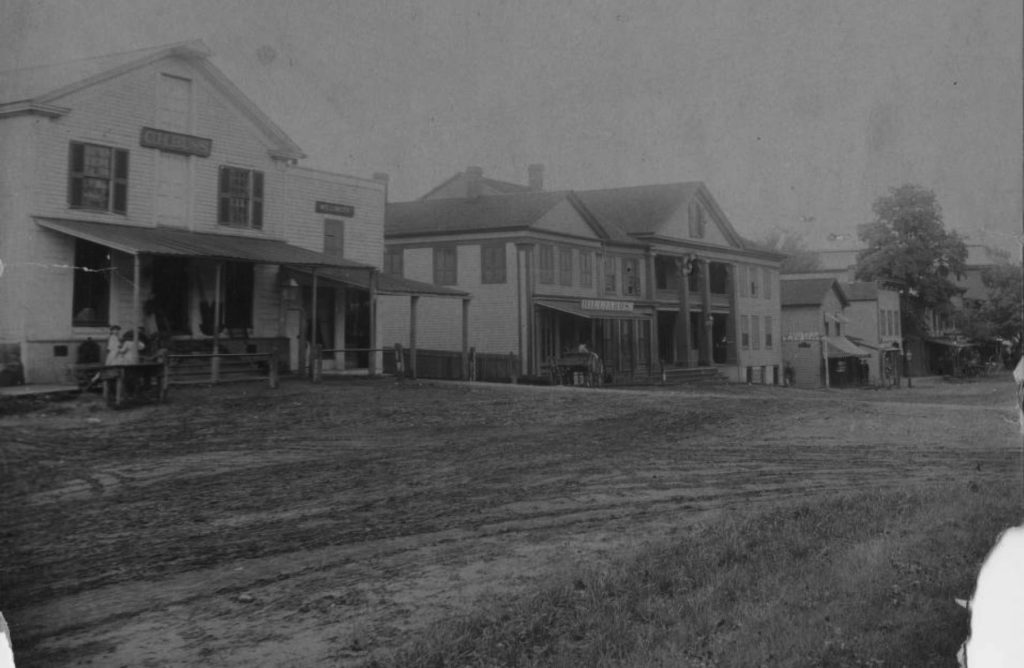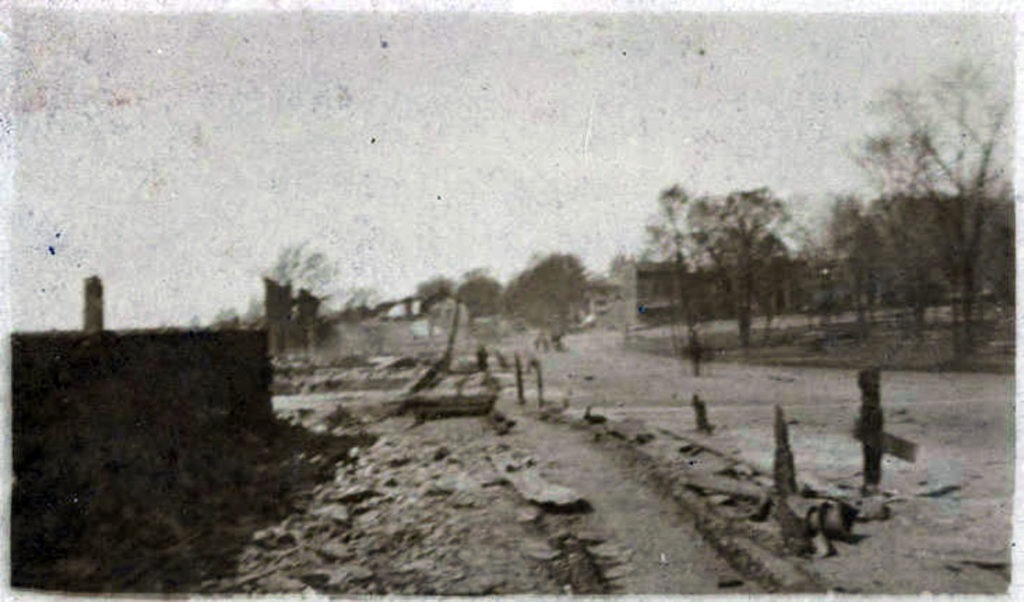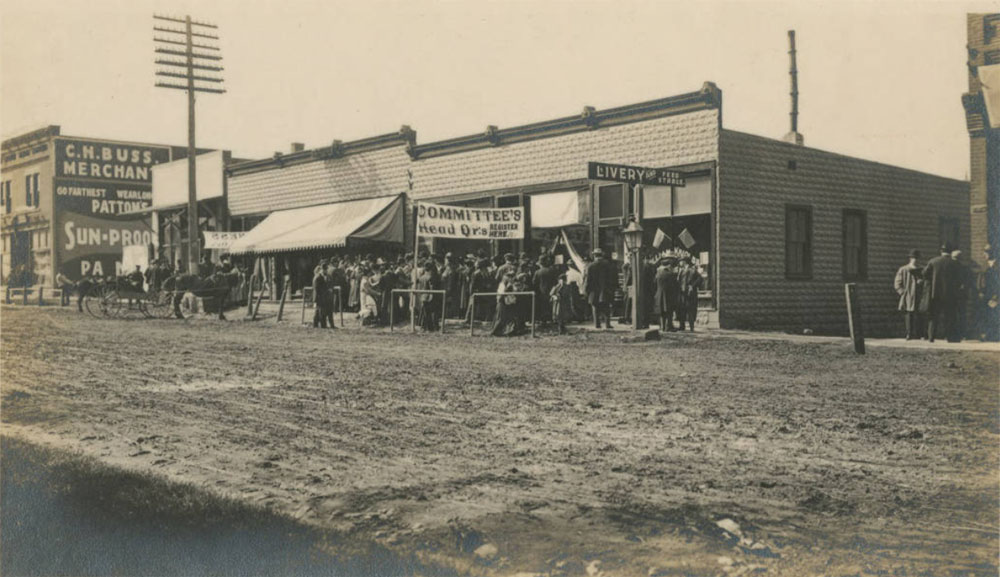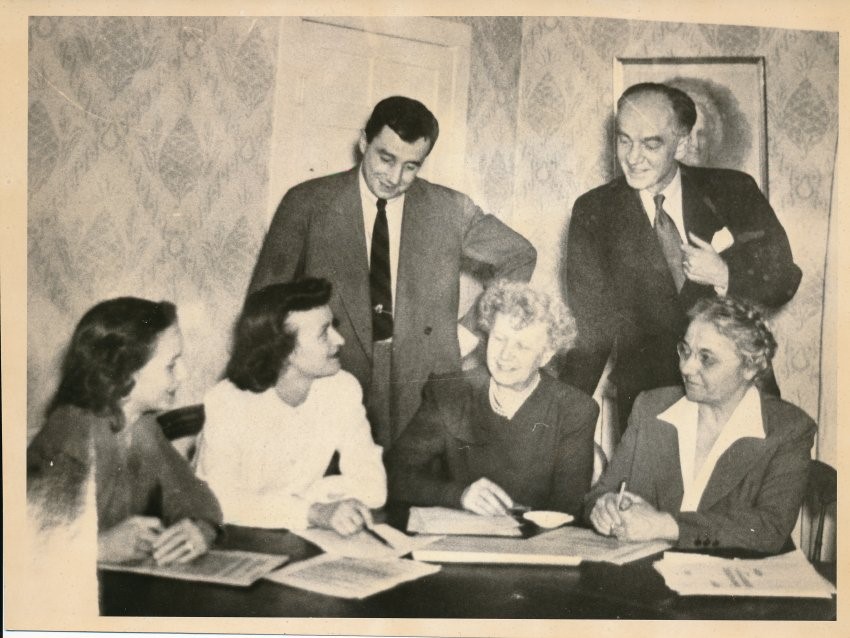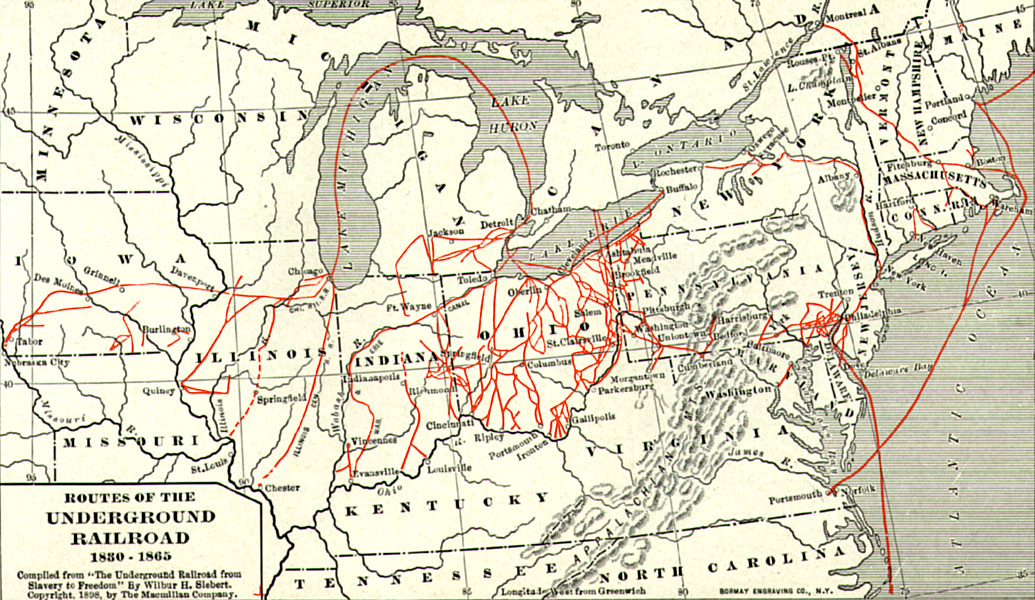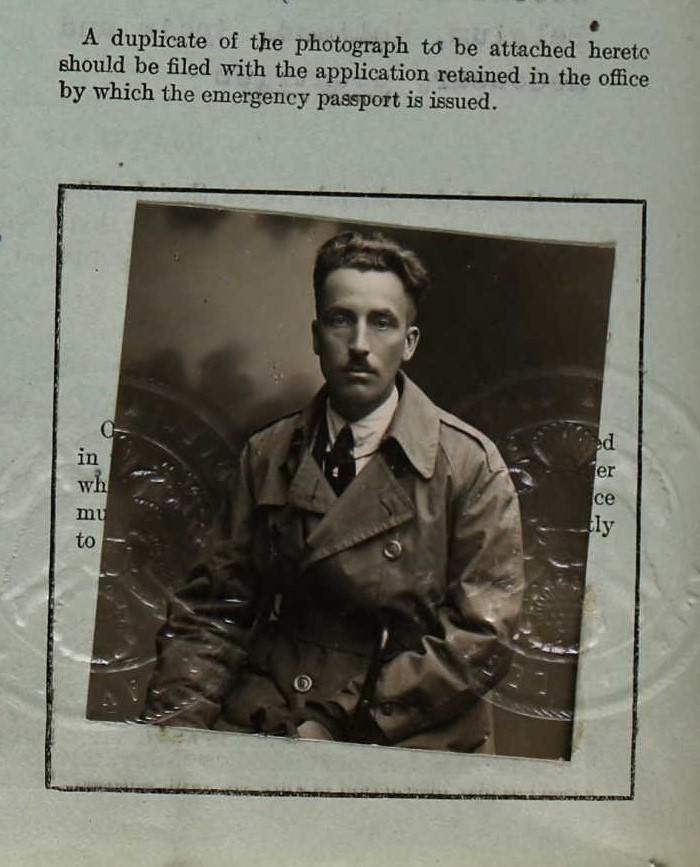Disastrous Conflagration–Business Part of the Town Wiped Out–Cast Down but not Dismayed–Rebuilding Begun–Graphic Account of the Fire–Origin and Cause
-The Chagrin Falls Exponent, Thursday, May 5, 1892
On April 28, 1892, a cataclysmic fire destroyed most of Hudson’s business district. Despite placing economic strain on an already financially-strapped community, the fire marked the beginning of one of the most important architectural shifts in the history of Hudson.
The fire began at 3:30 a.m. in A.W. Lockhart’s saloon on north Main Street, near the Church Street intersection. The May 5 Chagrin Falls Exponent reported that “the rear of Lockhart’s saloon was one mass of flame and the rear of the Mansion House [Hotel] was also on fire. The flames rapidly spread south to Miss Belle Mills’ millinery store and C. H. Buss’ general merchandise store. All of Miss Mills’ stock was saved, but comparatively little of Mr. Buss’ stock was saved.”
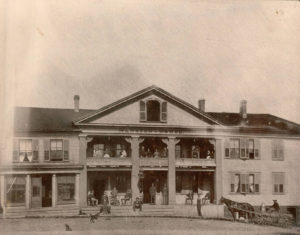
One of the initial concerns was rescuing guests at the Mansion House Hotel. The Exponent reported: “the guests of the Mansion House were awakened by the porter kicking in the doors, and some barely escaped in their night clothes.” The porter, Albert Hottinger, is credited with saving the lives of the hotel guests.
Alerted to the fire, Hudsonites tried to rouse the fire department. Nellie Beebe went to the old Christ Church Episcopal and began to ring the bell. However, the firefighting crews were unable to bring the town’s hand pump to the scene until 4 a.m., far too late to save the hotel.
As the winds began to shift northward, the flames crept toward the businesses between the Mansion House and Clinton Street. Henry Wehner’s dry goods store was the next casualty. According to the Exponent, Wehner had made the last payment on his store the night before the fire, and had just received a shipment of merchandise worth three thousand dollars, which was not insured.
Sebastian Miller’s building was the next to be engulfed in flames. Saywell’s Meat Market, Ball’s News Store, Fletcher Jewelry, and Miller’s shoe store were all lost, along with the rented apartments of Mr. Slago and Mr. Pontius.
The next structure to the north was the Mead Building, which housed the both Hudson Post Office and the Knights of Pythias Hall. Most of the government property was salvaged.
The George Volney Miller Building was the next to catch fire. It housed G.V. Miller’s Butcher Shop, R.T. Miller’s Bakery, and the Dennis Joyce Grocery Store. One of the few items saved from the bakery was a large case of Bibles belonging to the American Bible Society.
As the firestorm moved north, the scope of the disaster became clear: the fire had claimed nearly an entire block. C.A. Campbell’s Harness Shop, Wendling’s Meat Market, and J. Cornelius’ Barber Shop, housed in the Campbell building, were all destroyed.
The Exponent described the devastation as the fire raged northward: “And now a long time the demon of flame had been reaching out its fiery arms to lay hold on three-story brick block known as the Farrar block. In this building was local pride concentrated, and when all hope of saving it was gone all felt that its loss would, or could, never be replaced, and further, it seemed as if the fire must have its own way.” Gone was the enormous auditorium. Lost were the Hudson Township records, the personal library of M.C. Read, the Grand Army of the Republic headquarters, the offices of Doctors Rogers and Starr, Bentley’s Drug Store, and other small offices.
The fire, which had taken on a life of its own, spread beyond Main Street. Many buildings between Main, Aurora, College, and Baldwin Streets ignited from the heat and the sparks. Houses up to a quarter of a mile away were in danger, and the Hindsdale farm, located two miles to the east, was showered in burning embers.
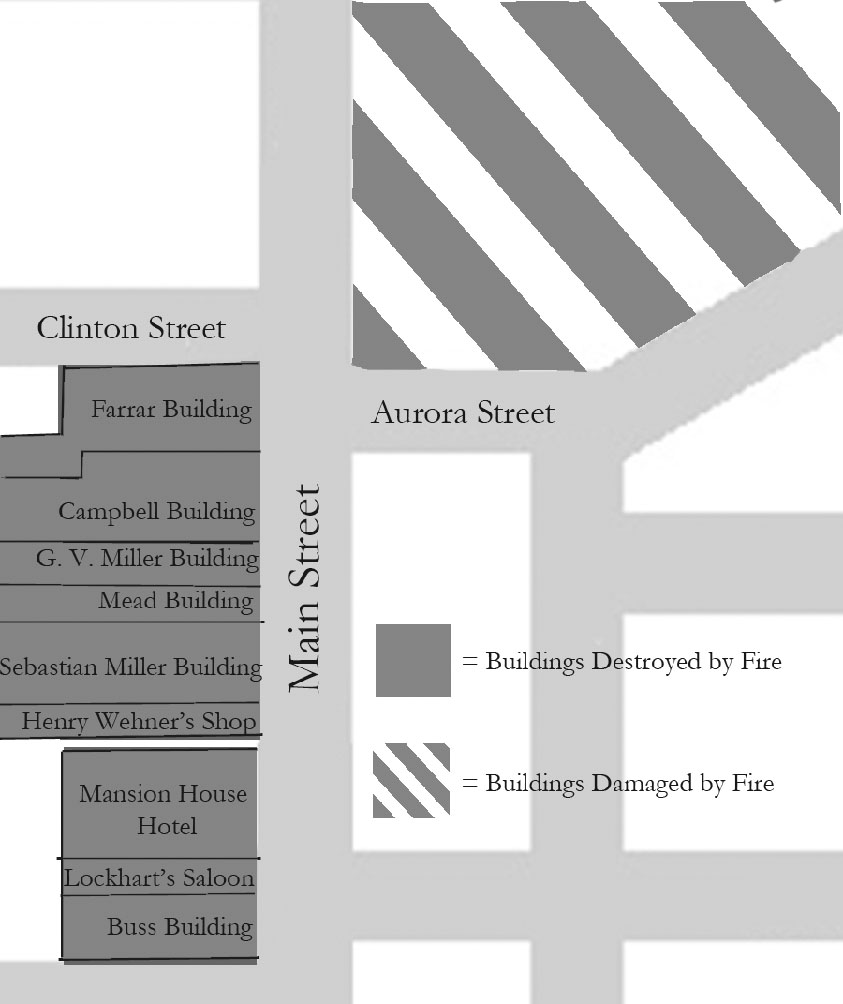
It became apparent that the fire department could not extinguish the flames. Akron’s Fire Department was called, and firefighting equipment was rushed to Hudson by train, but it didn’t arrive until 6:30 a.m.: far too late to have any impact on the raging inferno.
What did have an impact, however, was Mother Nature. An April shower turned into a substantial downpour, which dampened the rooftops and stopped the sparks from causing further damage.
The total cost to Hudson buildings and merchandise came to $133,175, the equivalent of roughly three million dollars today. Only about $42,000 of the damage had been insured. Miraculously, however, no lives were lost.
Before long, the downtown area was rebuilt, creating the streetscape we know today. While the original block was comprised mainly of wooden structures, its replacement was a row of buildings constructed out of brick, stone, and metal. Today, the division between the older wooden and newer stone structures can still be seen along Main Street; the buildings are largely unchanged from the 1890s and serve as a visual memorial of the fire’s destructive path.
In the midst of reconstruction, Hudsonites speculated about the cause of the fire. Opponents to Prohibition blamed the temperance crowd, while temperance adherents claimed that Lockhart was responsible: he was one of the few business owners with insurance. Another theory pointed to disgruntled laborers, who could have started the fire in order to procure more construction work.
Other Hudsonites placed blame on the Fire Department’s inability to contain the disaster. Many firemen, along with the fire chief, resigned soon after.
As the merchants examined their losses, many set up shop in nearby buildings, vacant or otherwise. The post office, for example, opened up in Town Hall. The most unusual pairing was George Volney Miller’s meat market, which was briefly housed in Doncaster’s Funeral Home.
Other business owners, such as C.H. Buss, established temporary buildings on the site of their old stores. The Exponent reported that Buss was back in business by May 1, “selling goods again before the smoke had cleared away from the ruins of his old place of business.”
Although the Great Fire caused immense damage and loss, the people of Hudson were resilient. Main Street was restored and the business district went on to thrive.
